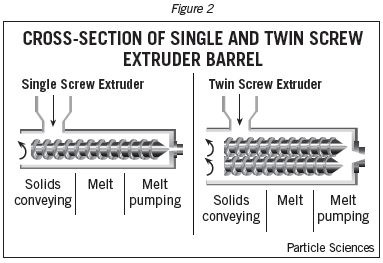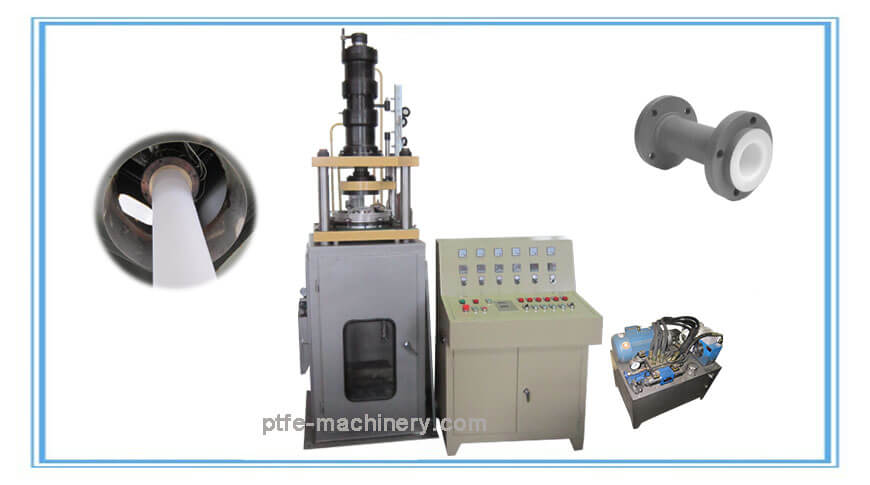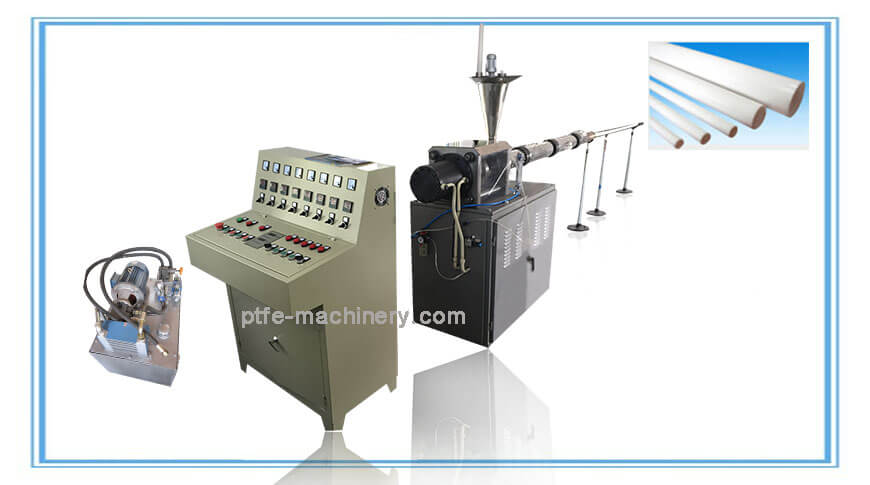Extrusion processing aims to physico-chemically transform continuously viscous polymeric media and produce high quality structured products thanks to the accurate control of processing conditions.
Twin screw extruders consist of two intermeshing, co-rotating screws mounted on splined shafts in a closed barrel. Due to a wide range of screw and barrel designs, various screw profiles and process functions can be set up according to process requirements. Hence, a twin screw extruder is able to ensure transporting, compressing, mixing, cooking, shearing, heating, cooling, pumping, shaping, etc. with high level of flexibility. The major advantage of intermeshing co-rotating twin screw extruders is their remarkable mixing capability which confers exceptional characteristics to extruded products and adds significant value to processing units.
In twin screw extrusion processing, the raw materials may be solids (powders, granulates, flours), liquids, slurries, and possibly gases. Extruded products are plastics compounds, chemically modified polymers, textured food and feed products, cellulose pulps, etc.
The Advantages of Twin Screw Extrusion:
- More consistency in production and control of product quality
- Increased productivity due to continuous processing, faster start up and shut down between product changes, quick changeover and advanced automation
- Greater flexibility, with the capability to process a wide range of raw materials
- Optimized footprint thanks to energy and water savings
- Simple and easy to maintain and clean
Twin screw extrusion is used extensively for mixing, compounding, or reacting polymeric materials. The flexibility of twin screw extrusion equipment allows this operation to be designed specifically for the formulation being processed. For example, the two screws may be corotating or counterrotating, intermeshing or nonintermeshing. In addition, the configurations of the screws themselves may be varied using forward conveying elements, reverse conveying elements, kneading blocks, and other designs in order to achieve particular mixing characteristics.



